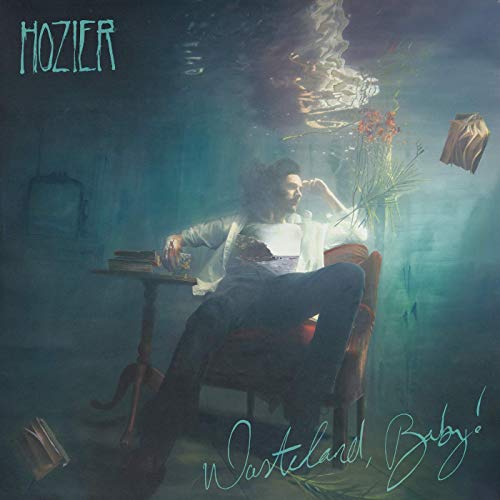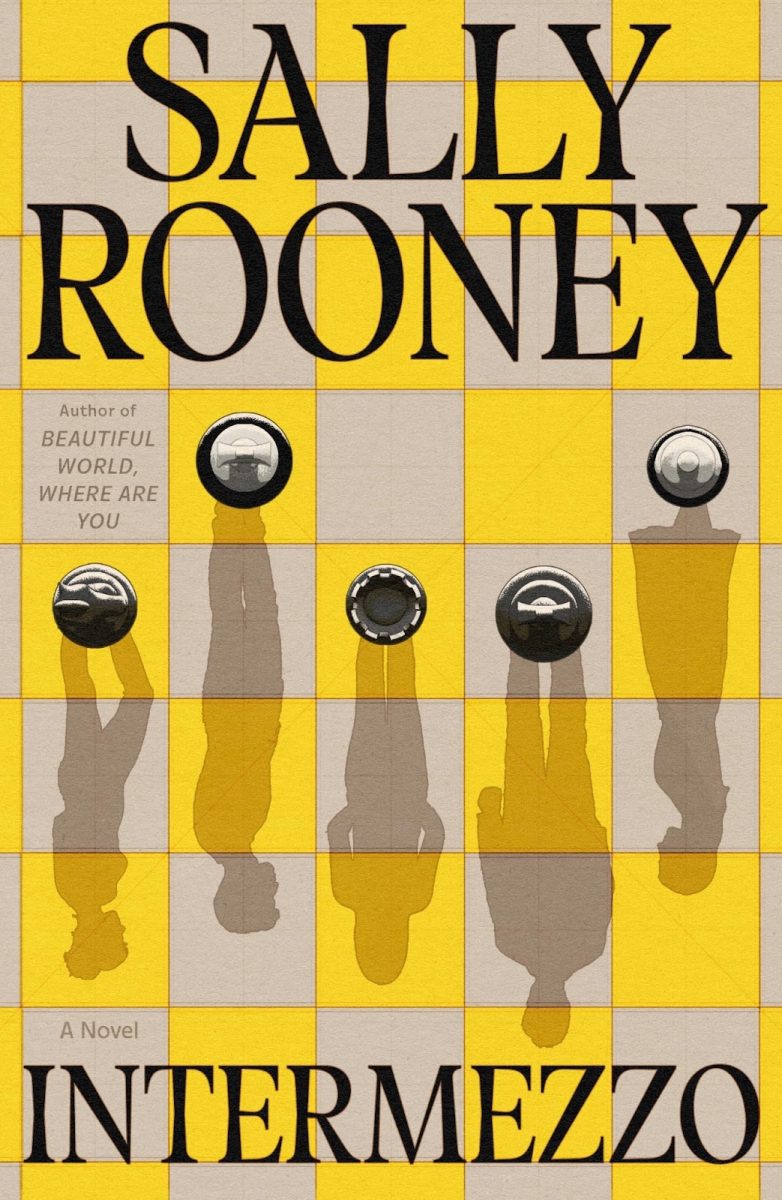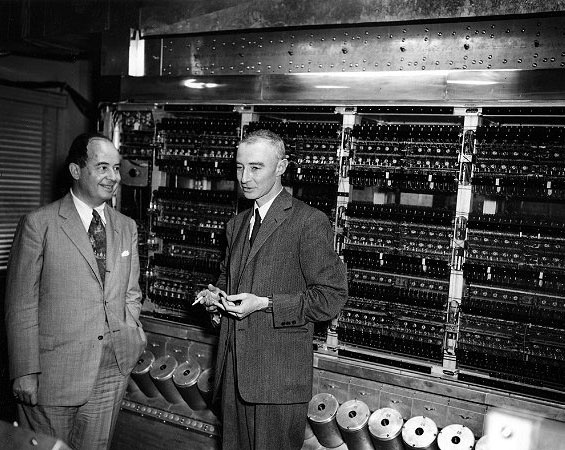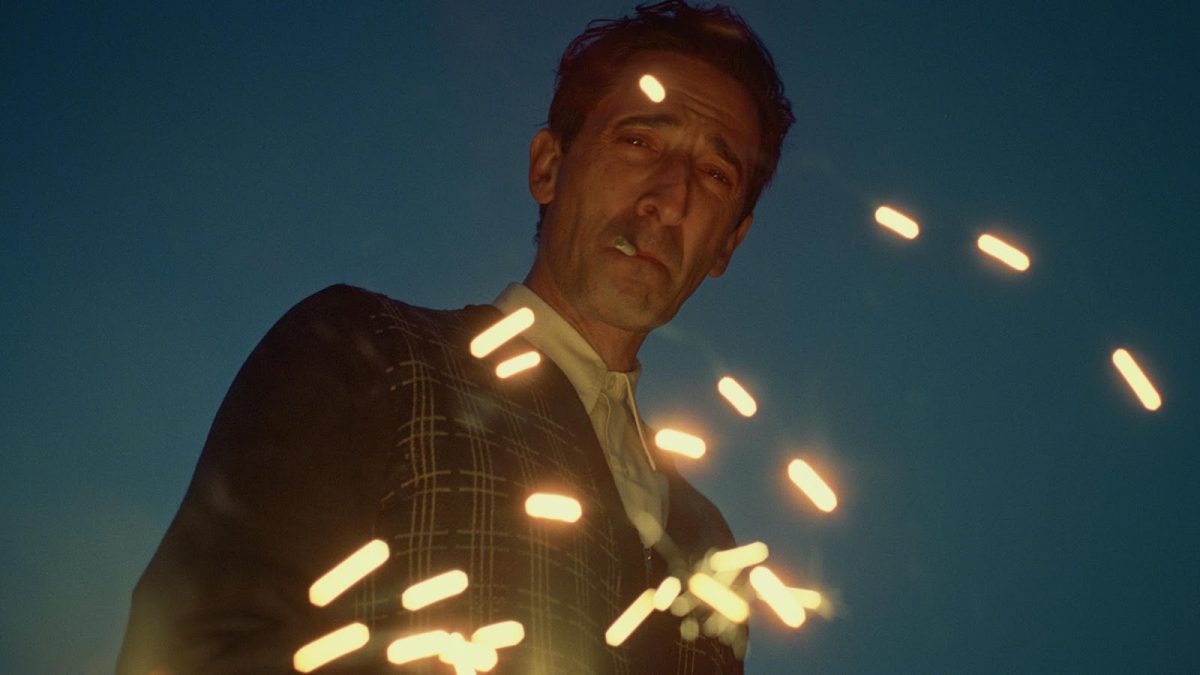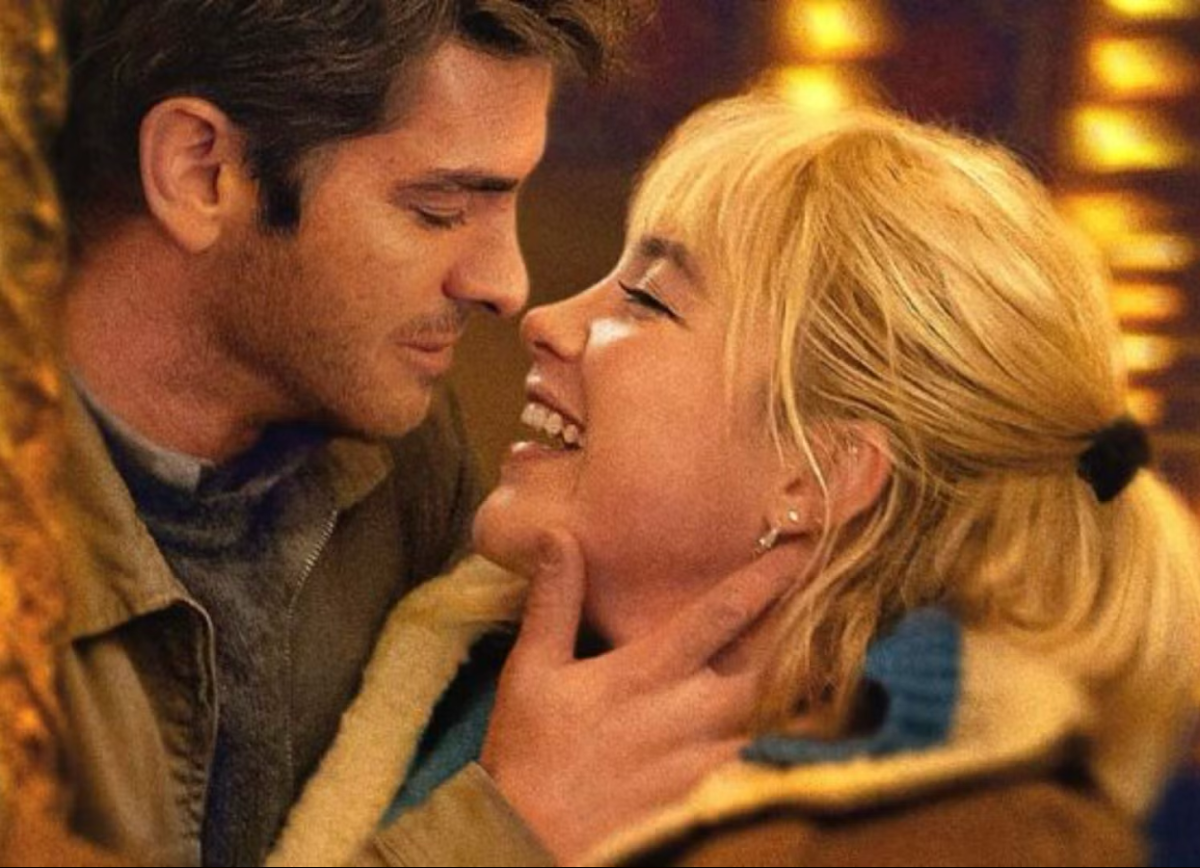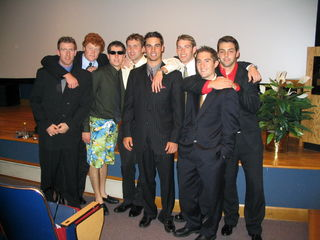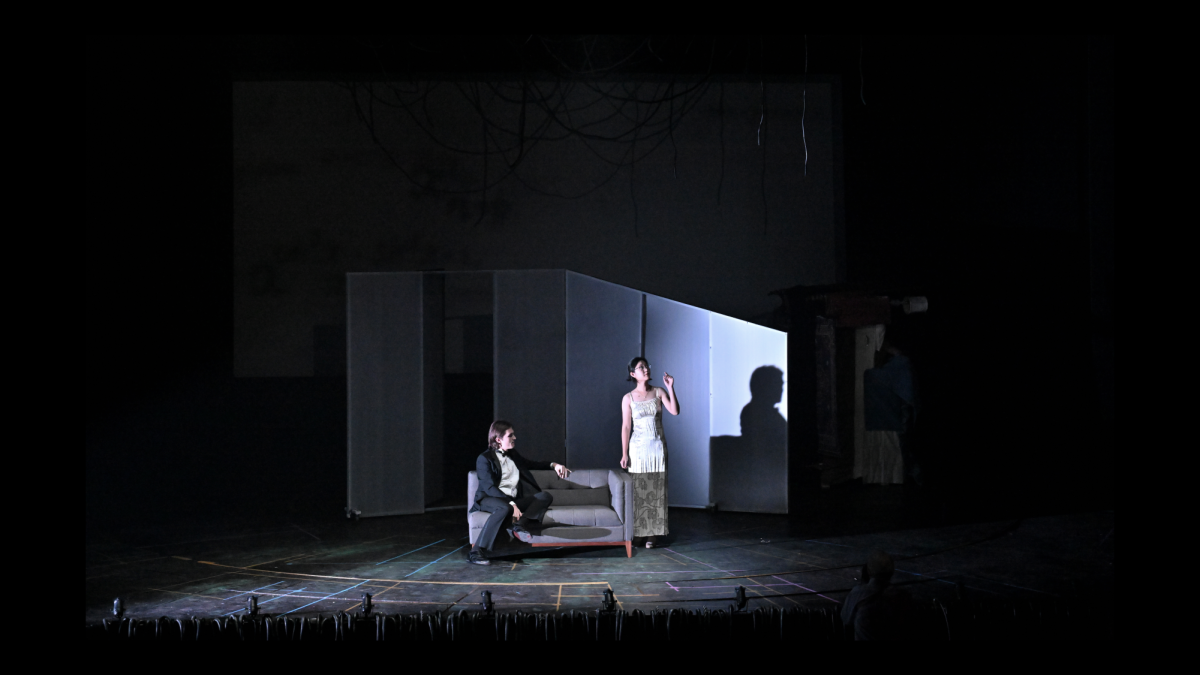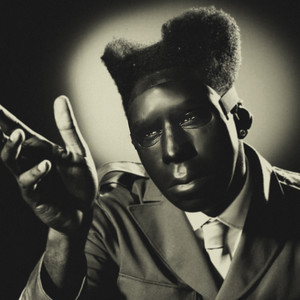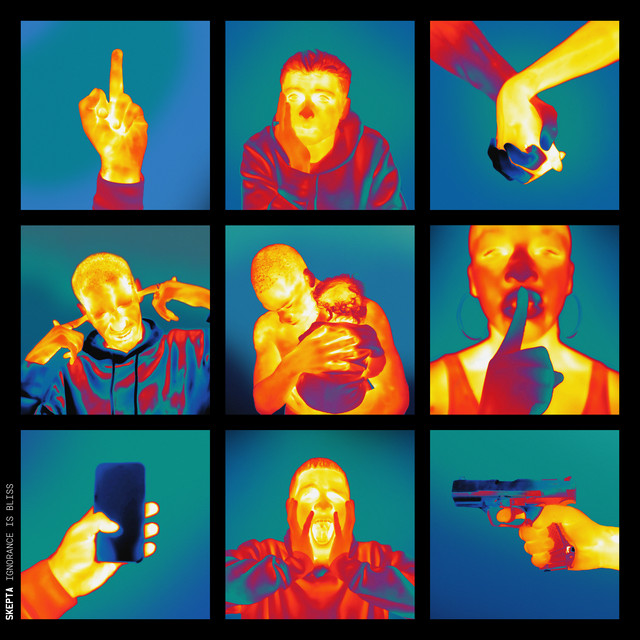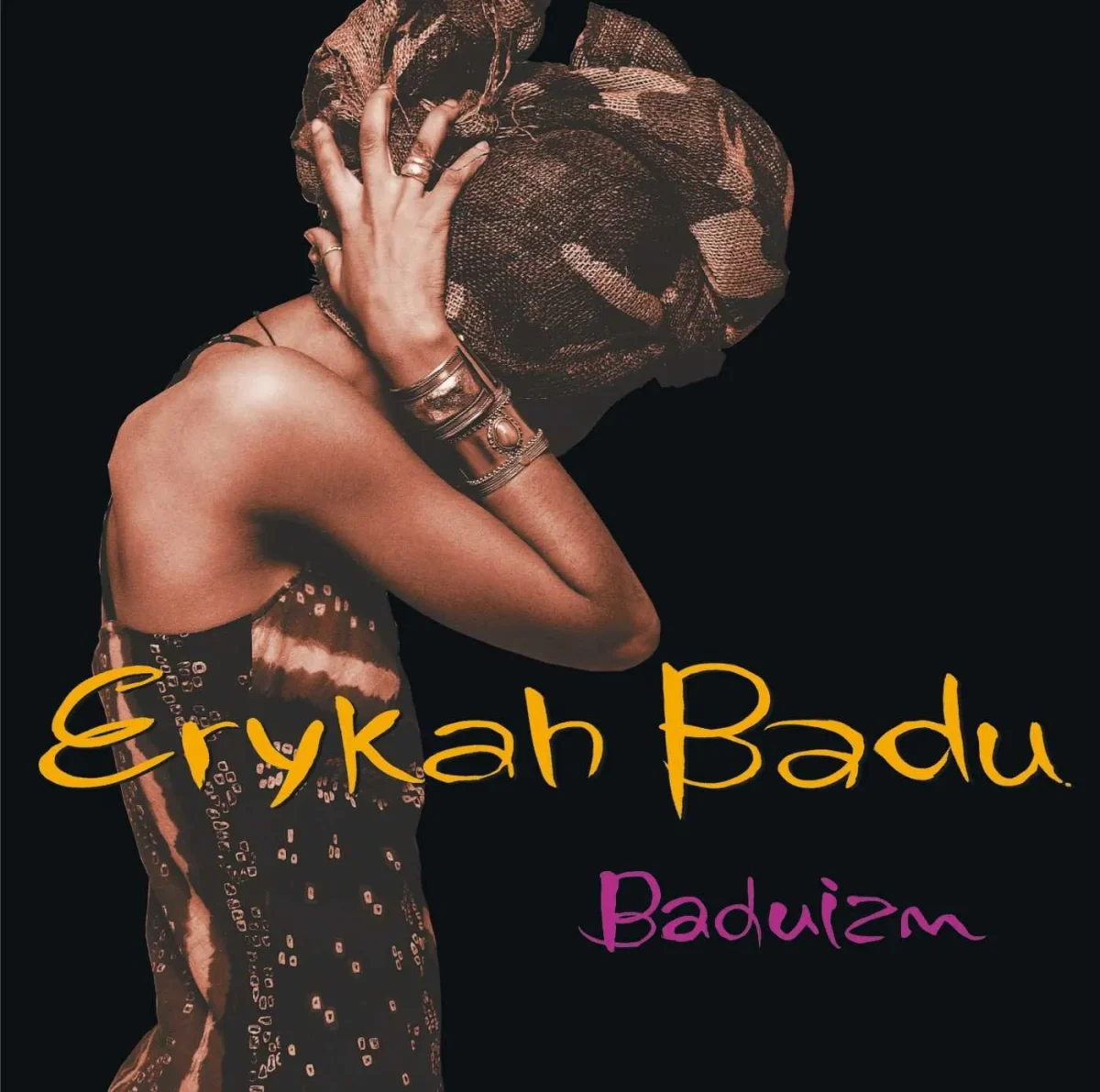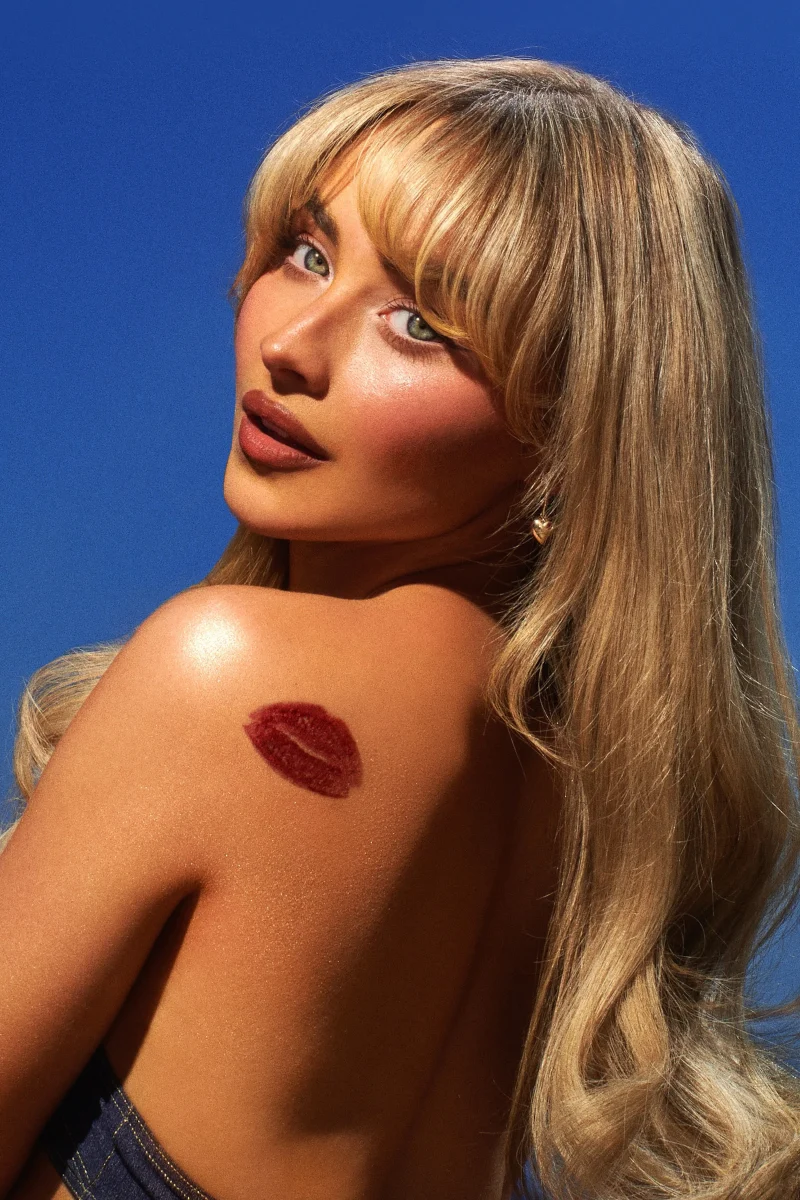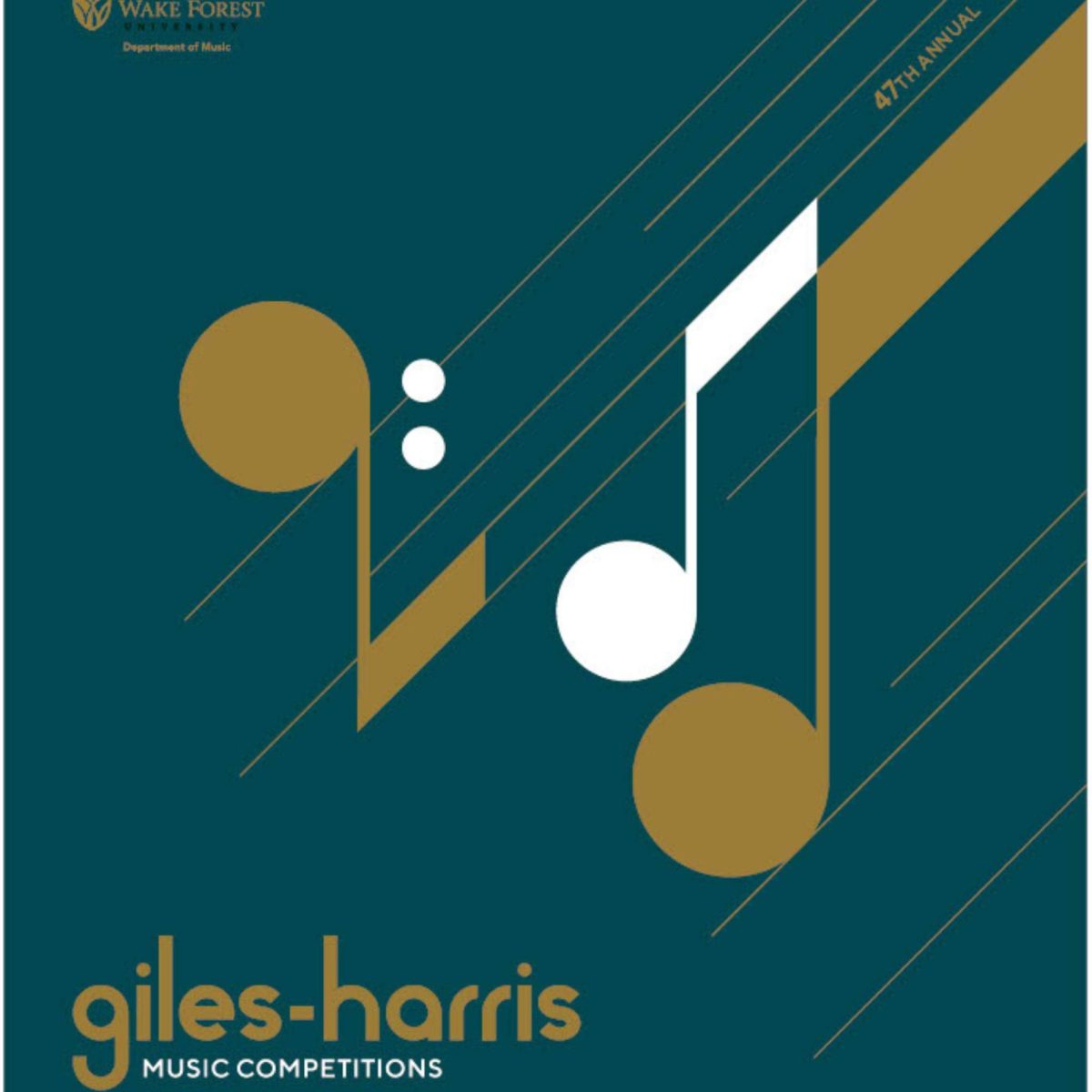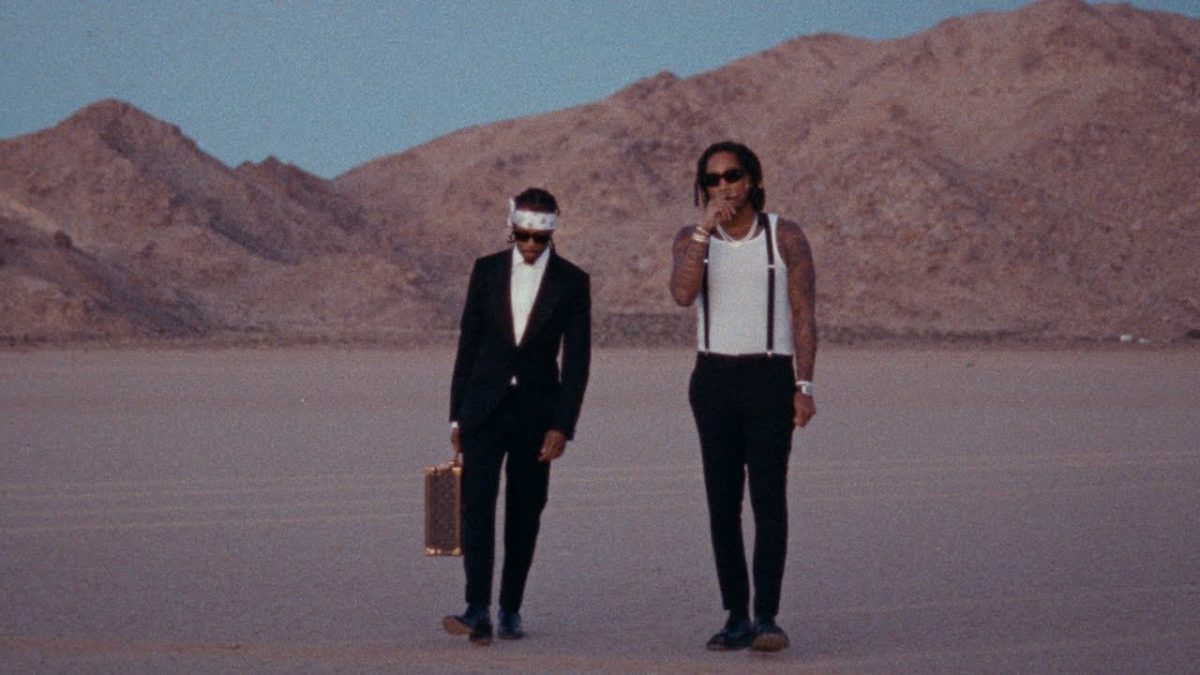In 2014, Irish singer-songwriter Andrew Hozier-Byrne, known by his stage name Hozier, took the music world by storm with the release of “Take Me to Church,” a dark, sensual ballad full of religious imagery that made for an unlikely top-40 hit. His debut album Hozier was generally well-received by critics, and he was praised for his soulful style and poetic lyricism.
Last week, Hozier released his sophomore album, titled Wasteland, Baby! This release followed his “Nina Cried Power” EP in September 2018. Currently, Wasteland, Baby! has a 63/100 Metascore on Metacritic based upon 10 reviews from critics, indicating “generally favorable” reception.
Hozier is one of my all-time favorite albums, and so I was very excited to listen to Wasteland, Baby! Upon first listen, it became clear that Wasteland, Baby! is certainly not revolutionary, as Hozier is comfortable sticking to the musical and lyrical themes that he established with his first album. That’s not necessarily a drawback, however. After five long years of waiting, more of the same from Hozier is very welcome.
Hozier is as well-read as ever, citing Bible characters, gospel musicians, dancers and mythological figures, situating his album as a work of folklore, not just a work of art. Indeed, he is most successful when he leans into his Irish roots. “Shrike” is a gorgeous folk ballad with beautiful guitar-picking and deeply moving lyricism. This is Hozier at his best: thoughtful, dark and soulful. “As It Was,” “Would That I” and “Wasteland, Baby!” also struck me as rooted in the great tradition of Irish ballads that Hozier is clearly influenced by.
Sexy and catchy, “Movement,” “Talk” and “Dinner & Diatribes” demonstrate that Hozier is particularly adept at putting the sensual into song. Hozier has several tributes to gospel music, as demonstrated by the soaring “Nina Cried Power” and “To Noise Making (Sing).” Hozier is particularly skilled at blending gospel music, rock ‘n’ roll and Irish folk to create a sound that is recognizably his.
One main difference between Hozier’s debut album and his sophomore album is that now, he seems to be more willing to embrace happiness, or at least contentment. Although there were a few lighter songs on his debut album, Hozier as a whole is markedly dark and moody. There are certainly songs on Wasteland, Baby! that tend towards the gloomy, such as “As It Was” and “Movement,” but Hozier also chooses to celebrate the beauty of life with songs like “To Noise Making (Sing)” and “Almost (Sweet Music).”
Hozier’s prevailing philosophy is perfectly summed up on “No Plan:” “There’s no plan, there’s no race to be run / The harder the rain, honey, the sweeter the sun.” Hozier is still wandering, as he was on his first album. The main difference is that now, he seems to be content to exist in the liminal spaces between happiness and sadness, beauty and chaos, love and despair. He even celebrates it, as he proclaims, “that’s just wasteland, baby.”


